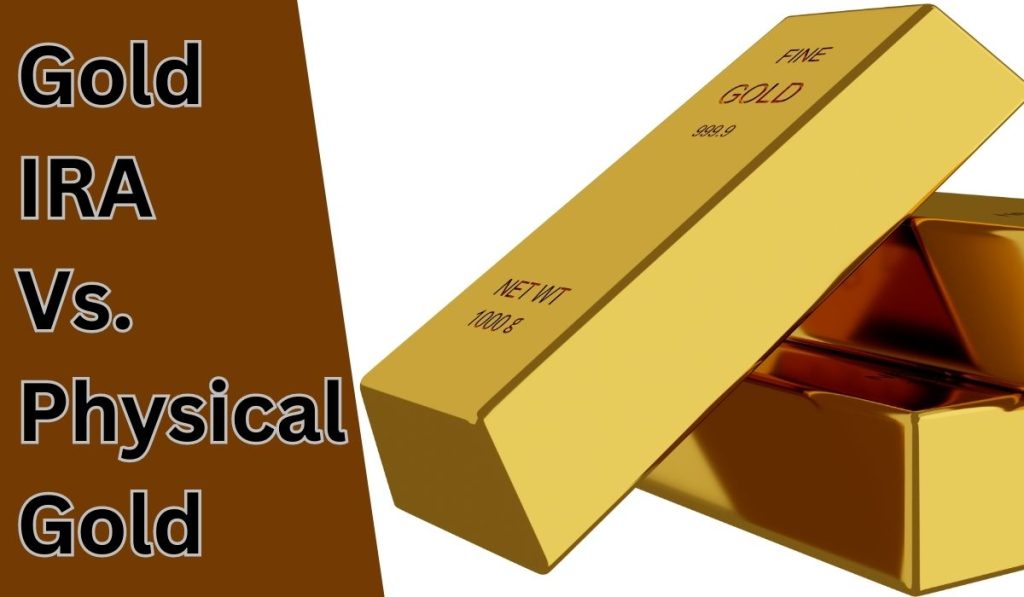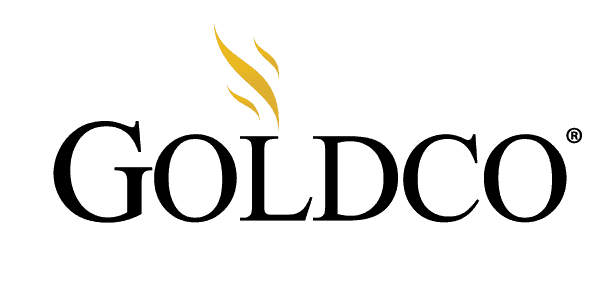
In recent years, many investors have become interested in adding gold to their portfolios as a hedge against economic uncertainty and currency fluctuations. As I explore the world of gold investing, two primary options have caught my attention: Gold IRAs and physical gold ownership. Both options offer unique advantages and disadvantages that can affect one’s investment strategy and financial goals.
A Gold IRA is a type of individual retirement account that allows investors to purchase gold and other precious metals as part of their retirement savings. This option appeals to those who seek diversification in their portfolio since a Gold IRA can provide a degree of protection against inflation and market volatility. The assets in a Gold IRA are held by a custodian, and the process of buying, selling, and storing gold is managed on the investor’s behalf.
On the other hand, physical gold ownership involves directly buying and holding gold bullion or coins. This approach may be attractive for investors who prefer tangible assets and want complete control over their gold. By owning physical gold, one can avoid some of the fees and management costs associated with Gold IRAs. Additionally, holding gold provides a sense of security, as it can be quickly liquidated in case of an emergency or financial crisis.
Gold IRA and Physical Gold: An Overview
As an investor, I always look for the best ways to safeguard my wealth, and that often involves precious metals like gold. Both Gold Individual Retirement Accounts (IRAs) and physical gold (like coins and bars) offer unique benefits for investors like me, so let’s briefly examine the differences between them to understand which option best suits different situations.
When I choose to invest in a Gold IRA, I essentially hold paper assets representing the gold in my account. These funds purchase and store the gold on my behalf. A Gold IRA allows me to enjoy the benefits of gold investment while keeping the gold in a secure, tax-deferred account. By diversifying my retirement portfolio with a Gold IRA, I can protect myself from market fluctuations and potentially build a more sustainable nest egg.
Physical gold, on the other hand, is a direct investment in tangible gold bars, coins, and rounds. This offers me more than just investment value – owning and holding physical gold gives me a sense of security and historical significance that is difficult to measure. Moreover, if I wanted to use my gold in times of need, I would have immediate access to it.
Despite the tangible benefits of owning physical gold, there are also some disadvantages. For example, I have to consider the storage, transportation, and insurance costs associated with owning physical gold. In contrast, a Gold IRA alleviates these concerns by safely storing and insuring my investments with a custodian.
To summarize, both Gold IRAs and physical gold investments have their merits. A Gold IRA offers tax-deferred growth, diversification, and ease of storage, while physical gold provides a tangible sense of security and the advantage of immediate access. As an investor, I need to consider my personal financial goals and objectives to determine the best approach when it comes to investing in gold.
The Benefits of Gold IRA
Tax Advantages
One of the main benefits of a Gold IRA is the tax advantages it offers. Traditional IRAs allow me to make pre-tax contributions, which means I won’t have to pay taxes on my investment until I withdraw funds during retirement. On the other hand, a Roth Gold IRA allows me to make post-tax contributions, which means my qualified withdrawals during retirement will be tax-free.
Diversification of Portfolio
Another benefit of a Gold IRA is that it helps me diversify my portfolio. By investing in gold, I can protect myself from market volatility and reduce the risk of losses. This is because gold typically has an inverse relationship with the stock market, meaning gold prices tend to increase when the stock market goes down. Therefore, owning a Gold IRA can provide a safety net in uncertain economic times.
Convenience
Gold IRAs offer convenience because they are managed by professional custodians. These custodians handle the purchase, storage, and sale of gold on my behalf, ensuring my investments are safe and compliant with IRS regulations. This provides me with peace of mind, knowing that my gold is in good hands and I don’t have to deal with the complexities of buying and storing physical gold myself.
Management
Lastly, Gold IRAs are professionally managed, which means I don’t need to worry about constantly monitoring gold prices or managing the assets within my IRA myself. The custodian will take care of this for me, making informed decisions based on market conditions and adjusting my portfolio as needed. This allows me to focus on other aspects of my retirement planning without the stress of managing a gold investment on my own.
You can find the Gold IRA alternatives here.
The Benefits of Physical Gold
Direct Ownership
When I invest in physical gold, I enjoy the satisfaction of direct ownership. This means I hold a tangible asset that I can touch, see, and store as I please —whether in a home safe or a secure storage facility. Having direct control over my investment allows me to feel confident about its security and long-term potential.
No Counterparty Risks
Another advantage of owning physical gold is the absence of counterparty risks. By having the gold in my possession, I am not dependent on any financial institution or government agency to uphold the value of my investment. Furthermore, I don’t have to worry about default or bankruptcy risks that may affect other investments like stocks or bonds. With physical gold, the value lies in the metal itself rather than promises from third parties.
Tangible Asset
As a tangible asset, physical gold has intrinsic value that can’t be wiped away by market fluctuations or changes in economic conditions. It has consistently maintained its worth throughout history and is considered a safe-haven asset during times of financial uncertainty. I also appreciate that physical gold is a finite resource, which makes it even more valuable as global demand for gold increases.
Considerations for Gold IRA
Regulations and Restrictions
As an investor, I need to follow specific regulations for Gold IRAs set by the Internal Revenue Service (IRS). Unlike physical gold, I cannot take personal possession of the gold in my IRA. It has to be stored in an IRS-approved depository.
The gold must meet the minimum fineness standards set by the IRS (99.5% for gold) and has to be in the form of approved coins or bars. Some examples of approved coins are American Gold Eagles and Canadian Gold Maple Leafs.
Various Fees
I should be aware that Gold IRAs may come with various fees, such as setup charges, annual maintenance fees, and storage costs. These fees can add up over time and impact my overall returns.
| Type | Fee Range |
|---|---|
| Setup Fees | $50 – $200 |
| Annual Fees | $50 – $300 |
| Storage Fees | 0.5% – 2.0% |
It’s important for me to compare different Gold IRA providers to find a plan with competitive fees that suit my investment goals.
Limited Investment Options
With a Gold IRA, my investments are limited to gold, leaving me with fewer options for portfolio diversification. While it’s true that gold can be a hedge against inflation, I should also consider other investments such as stocks, bonds, and real estate to achieve better diversification and balance my risk and return profile.
Considerations for Physical Gold
Storage and Security
One major aspect to consider when investing in physical gold is the storage and security. It’s important to have a secure place to store your gold, such as a safe, safety deposit box, or a vault service. This helps protect your investment from theft and damage. However, it’s important to note that storing your gold at home may not be covered by your insurance, and you may incur additional costs for vault services or safety deposit boxes.
Liquidity Constraints
Another concern when investing in physical gold is the liquidity constraints. Selling physical gold can be more difficult and time-consuming compared to trading in gold ETFs or stocks. You’ll need to find a buyer, agree on a price, and handle the transaction yourself. This might affect how quickly you can access your funds if you need to liquidate your investment.
Purity and Authentication
Lastly, when purchasing physical gold, you must ensure its purity and authenticity. If you invest in gold bars or coins, make sure to verify their purity levels (usually .999 for bars and .9167 for coins), and consider purchasing from known and reputable dealers. Issues with counterfeit gold can lead to a decrease in its value, which in turn can negatively affect your investment.
By considering the storage and security, liquidity constraints, and purity and authentication factors, you’ll be better prepared to make a well-informed decision about investing in physical gold.




